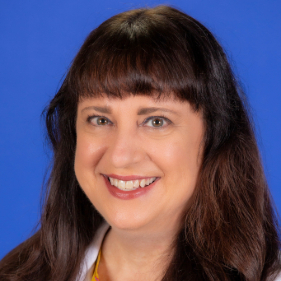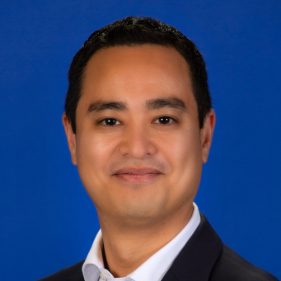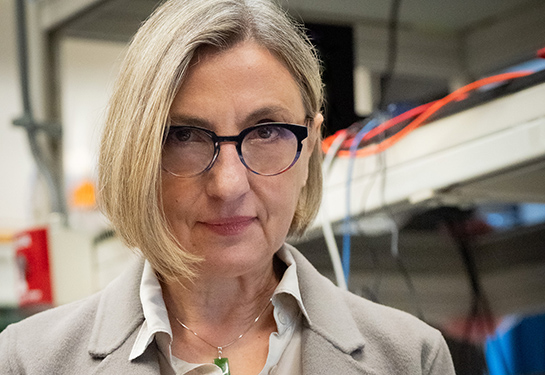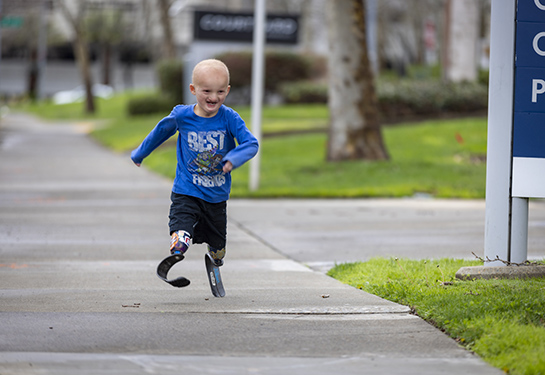UC Davis Health launches digital program to support people after incarceration
People reentering communities after incarceration face multiple challenges, including homelessness, substance use disorders and mental health problems. These risk factors increase the likelihood of poor outcomes such as overdose, premature mortality and a high rate of emergency department visits.
UC Davis Health has come up with a solution to help guide this vulnerable population toward success.
The Department of Psychiatry and Behavioral Sciences and the Digital CoLab have partnered to create a digital support program for patients with mental health and substance use disorders after their release from jail. The program provides free smartphones, automated SMS text message check-ins and a web-based community resource guide.
“People recently released from incarceration are among the most vulnerable populations in society.” —Helen C. Kales
“People recently released from incarceration are among the most vulnerable populations in society,” said Helen C. Kales, chair of Psychiatry and Behavioral Sciences at UC Davis Health. “Re-arrest is so common that it is known as a revolving door. This vicious cycle is associated with high costs to both the person themselves, as well as the community.”
The new program is called Digital SAFE-T. It’s an extension of the SAFE-T (Sub-Acute Facilitated Engagement and Transitions) Program, which began more than two years ago. SAFE-T is built on a partnership between Psychiatry and Behavioral Sciences and WellSpace Health (the largest federally qualified health center or FQHC in Sacramento). It provides personalized case management for recently incarcerated individuals.
The SAFE-T team connects participants with benefits and services they are eligible to receive. This includes Social Security (SSI) benefits, Medi-Cal (California's Medicaid health care program), housing assistance, access to mental health providers, bus passes and many other forms of support.
The pilot SAFE-T Program had a significant effect in its first year. Individuals in the program experienced a re-arrest rate of 17% compared to a typical re-arrest rate of 70%. Emergency room visits were just 3%, compared to a typical rate of about 30%.
Funding for the new program was made possible through the efforts of Congresswoman Doris Matsui, who helped include Digital SAFE-T in the fiscal year 2023 Omnibus Appropriations bill, which provided a $1.5 million congressional grant from the Substance Abuse and Mental Health Services Administration (SAMHSA).
“The partnership between the federal government and regional leaders like UC Davis Health and WellSpace Health is crucial in our development of new, innovative tools to reach those in need,” Matsui said. “From virtual care coordination to comprehensive resources right at people’s fingertips, the Digital SAFE-T Program builds on the success of the SAFE-T Program and further removes structural barriers that recently incarcerated individuals face while returning to the community. This investment underscores the importance of federal support for our local mission to enable and empower all our neighbors to optimize their well-being.”
How does the Digital SAFE-T Program work?
The UC Davis Health Digital CoLab developed the Digital SAFE-T Program with input, collaboration and feedback from Psychiatry and Behavioral Sciences, WellSpace Health and the community.
It provides technological tools to individuals enrolled in the SAFE-T program such as a comprehensive digital “street sheet” of local, social, medical and community resources that are easily accessible on phones and tablets through text-to-speech and one-click GPS navigation for directions to the location of where they need to go.
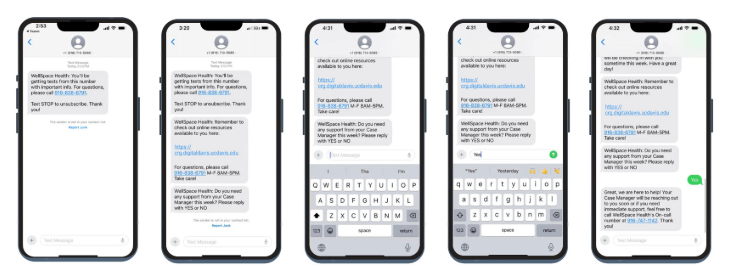
The Digital SAFE-T Program also provides automated text messages from WellSpace Health and Sacramento County with important reminders, check-ins and tailored resources to keep patients informed and connected about healthcare and other services.
Additionally, the program allows for easy communication with case workers from WellSpace Health, who coordinate the individuals’ care. Case workers link the individuals to relevant services and help them overcome barriers to resource utilization as well as outreach and crisis intervention. Such coordination has been shown to effectively improve multiple outcomes for at-risk recently incarcerated persons.
“We are proud to have developed the Digital SAFE-T Program to help incarcerated and released individuals access resources and critical care in the palm of their hand,” said Ashish Atreja, CIO and chief digital health officer of UC Davis Health. “By re-imagining how we can support this vulnerable patient population, we are thinking beyond the walls of our hospital to provide care through technology.”
The Digital SAFE-T Program goes beyond the original SAFE-T Program by bringing more convenience for transient and vulnerable population, especially if they are unhoused and hard for health-care providers to stay in touch with.
Enrolled participants access the Digital SAFE-T Program on free smartphones provided by UC Davis Health through a collaboration with Verizon Business to address digital health equity and inclusion. In addition to smartphones, the program also provides tablets and hot spots to help patients access telehealth and social services.
“Our goal is to minimize the friction to accessing care and resources that our most vulnerable patients need.”—Keisuke Nakagawa
“Our goal is to minimize the friction to accessing care and resources that our most vulnerable patients need,” said Keisuke Nakagawa, director of innovation at the UC Davis Health Digital CoLab. “This is a great example of how we are investing in the social and digital determinants of health to provide more complete, holistic care. By combining the human touch with the right dose of technology, we're building trust and helping these patients during a critical period as they leave jail and return to their communities.”
Need for the SAFE-T program
People released from incarceration have a high risk for adverse health outcomes and death due to preexisting behavioral and medical conditions and the negative effects of incarceration itself. Compounding these problems are barriers to health care and basic social determinants of health such as shelter, food, and employment.
A recent study showed that, for these individuals, the risk of dying within two weeks of release from prison is nearly 13 times higher than that faced by other individuals.
Psychiatrists at UC Davis Health have seen these challenges up close. For almost 40 years, they have provided mental health services to individuals incarcerated at the Sacramento County Jail. They also treat formerly incarcerated people who show up in the emergency room during a mental health crisis.
“Being released from incarceration affects a person’s ability to secure basic needs such as health, housing, and employment,” explained Kales. “Compounding these barriers are issues related to returning to impoverished communities and having access to resources.”
The new program is yet another way for UC Davis to advance health equity in the Sacramento area.
“We are excited about the work we have done with the SAFE-T program and look forward to improving the lives of more of our most vulnerable people in the Sacramento community,” added Kales. “We also hope this program can provide a model for the rest of the nation to support recently incarcerated and released individuals.”


.jpg)
